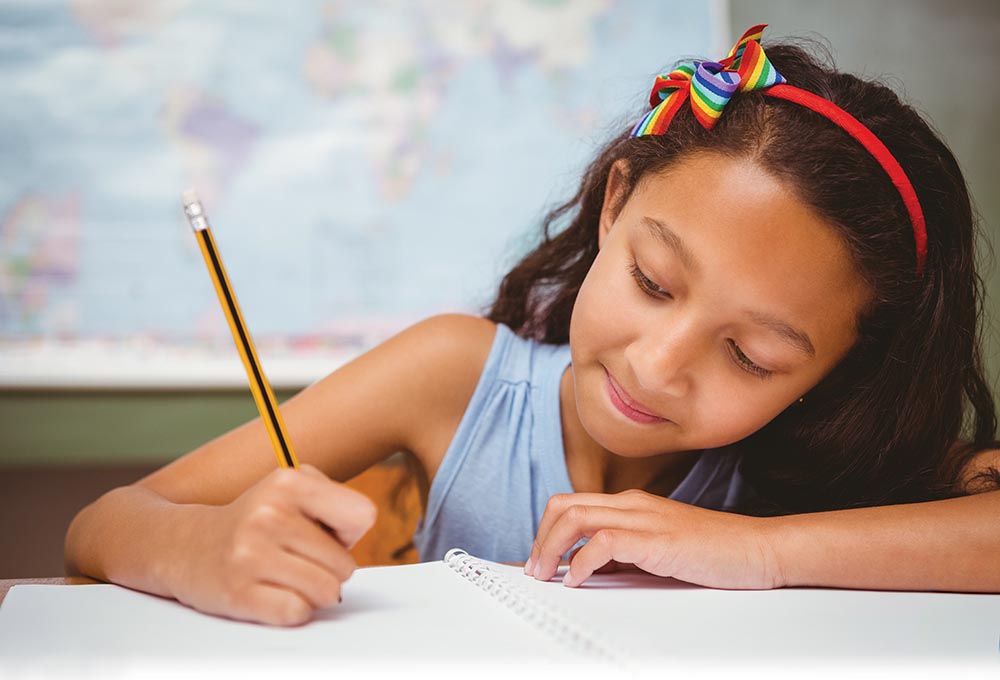
Young writers often stare at blank pages, uncertain how to begin weaving their thoughts into sentences. That initial hurdle can erode confidence and turn writing time into a source of anxiety. Building trust in their own ideas helps learners feel empowered to experiment with words. Story starters offer a friendly pathway into creative expression by giving children an opening line or scenario that gently nudges them toward crafting their own tales.
Expanding Your Toolbox with Quality Prompts
For educators seeking fresh inspiration, discovering best teacher resources can expand the creative toolkit with age-appropriate prompts. These resources include visual cues, opening sentences, and thematic suggestions that align with diverse interests. By rotating different types of starters, teachers keep activities feeling new and engaging. When students know they have support right from the first word, they approach writing tasks with less fear and more enthusiasm.
What Makes a Compelling Story Starter?
At its essence, a story starter can be anything from a single mysterious sentence (‘The wind whispered through the old oak tree’) to a colorful illustration awaiting interpretation. Such open invitations give children a framework without strict rules, so they can channel their imagination freely. In contrast to demanding fully formed ideas, starters lower the stakes: learners understand there’s no wrong answer, which encourages risk-taking with language and narrative choices.
Aligning Prompts with Kindergarten Goals
Incorporating story prompts into lessons plans for kindergarten ensures alignment with developmental goals. At this stage, youngsters refine fine motor skills and basic sentence structure. Brief, playful prompts match their attention spans and allow them to practice letter formation and spelling in context. Teachers can pair visual prompts with simple questions such as ‘What do you think happened next?’ to extend discussion before students even pick up a pencil.
Crafting a Structured Lesson
Designing a lesson plan for teachers that centers on storytelling hones both creative and technical skills. A structured session might begin with group brainstorming around a prompt, followed by individual drafting and peer sharing. Including mini lessons on dialogue or descriptive words prepares students to enrich their narratives. By weaving in clear objectives and assessment checkpoints, educators track progress and celebrate small victories, reinforcing each learner’s confidence.
Building Vocabulary Through Context
Consistent use of story starters cultivates vocabulary development in a natural context. Exposure to varied prompts, such as settings, characters, or first lines, introduces new words and phrases that students incorporate in their own writing. As children revisit familiar prompts, they gain deeper understanding of word choice and meaning. Hearing peers’ interpretations further exposes them to alternative expressions, broadening linguistic repertoire and boosting their willingness to take creative risks.
Integrating Prompts in Teacher Plans
Well-crafted teacher lesson plans integrate story starters as part of a balanced literacy approach. Teachers might rotate between oral storytelling, drawing story arcs, and drafting paragraphs, all anchored by a starter prompt. This scaffolding helps learners gradually transition from guided discussion to independent writing. Clear routines, like brainstorming warm-ups or partner exchanges, create a predictable environment where students feel safe to explore narrative ideas.
Fostering Collaboration and Feedback
Peer collaboration around story starters nurtures social skills alongside writing confidence. When children share their first sentences or sketches, they learn to give and receive constructive feedback. Group storytelling circles can build on each child’s contribution, reinforcing the idea that every idea has value. Celebrating imaginative twists encourages risk-taking. Over time, students internalise a supportive mindset, viewing writing as a communal activity rather than a solitary challenge.
Resources for Kindergarten Teachers
Teachers looking for kindergarten teacher resources will find collections of prompt cards, digital slide decks, and printable visuals tailored to young learners. Organising prompts by theme, such as animals, space, or emotions, helps in linking writing exercises to broader curriculum topics. Consistent access to fresh prompts keeps students excited and allows teachers to differentiate tasks based on skill level.
Practical Tips for Implementation
- To implement story starters effectively, set aside regular writing time and introduce prompts with enthusiasm.
- Consider using a prompt jar or spinning wheel to add an element of surprise.
- Encourage students to illustrate their ideas before writing, bridging creativity and literacy.
- Allow flexible response formats, such as short sentences, comics, or even captioned drawings, to honor diverse learning styles.
- Offer gentle guidance but resist over-correcting initial attempts, preserving the playful spirit that grants learners the freedom to explore language.
Monitoring Progress and Celebrating Growth
Over weeks of consistent practice, students move from hesitant scribbles to confident storytelling. Educators can document progress in writing journals, noting developments in complexity and expression. Sharing student work with families fosters a home-school connection and reinforces positive attitudes toward writing. As learners experiment with different prompts, they also cultivate critical thinking, evaluating which starters resonate and how to expand on them.
Conclusion
Incorporating story starters into early writing routines transforms classroom dynamics. What once felt like a blank page becomes an open invitation to imagine, invent, and express. By offering structured yet flexible prompts, teachers empower young learners to take ownership of their ideas. Over time, that sense of ownership blossoms into genuine confidence, setting the stage for a lifelong appreciation of writing.






